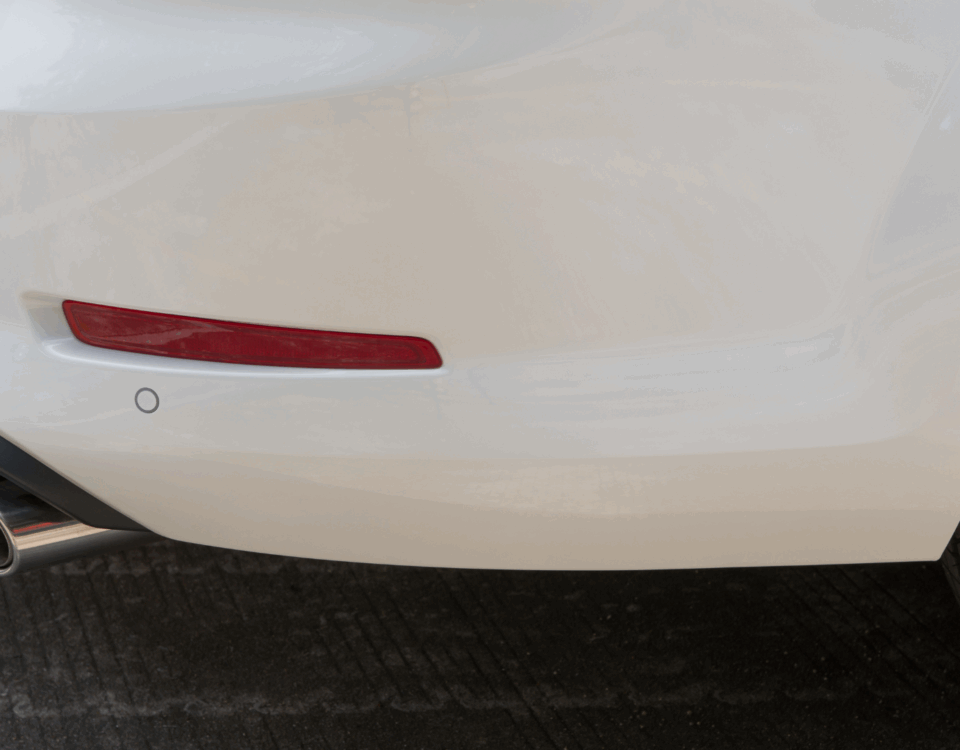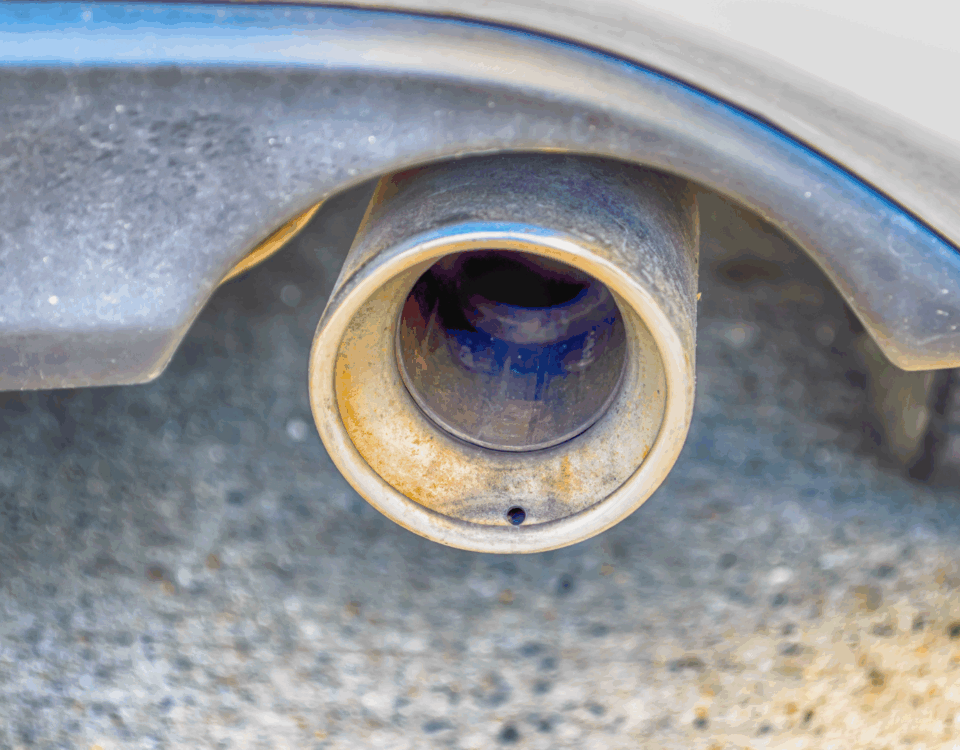A complete guide on how to prepare for a smoke test
December 5, 2024Smog Test Preparation: Top Tips for Success
December 5, 2024Conducting a smog test is an important step in ensuring your vehicle meets environmental standards. Proper preparation can save you time, money, and stress. In this guide, we’ll cover important tips to help your vehicle pass inspection and avoid common mistakes.
Understand the smoke testing process
Before going to a smoke testing station, please familiarize yourself with the process. Smog testing evaluates your vehicle’s emissions system to ensure it meets environmental standards. Knowing what to expect can help you detect potential problems early. Typically, inspections include checking components such as the catalytic converter, oxygen sensor, and fuel system. If your car has failed a smog test multiple times, consider scheduling a preliminary test to diagnose and fix the problem as early as possible. Understanding the importance of regular maintenance is key to avoiding surprises on test day.
Make sure your vehicle is properly maintained
Proper maintenance plays an important role in passing smoke tests. Start with an oil change, as dirty oil can release pollutants and affect emissions. Check the air filter and replace it if dirty, as a clean filter helps the engine run efficiently. also,Check the spark plugs and ignition system for wear, as faulty components can cause incomplete combustion and increased emissions. Make sure your tires are properly inflated as this can affect how your vehicle performs under test conditions. A well-maintained vehicle is much less likely to experience problems during a smog check.
Take care of the check engine light immediately
One of the most common reasons for a failed smog test is the check engine light. When this light comes on, it indicates a problem with your vehicle’s exhaust system. Take your vehicle to a trusted mechanic for diagnosis and then inspection. After the problem is resolved, drive the vehicle at least 100 miles to allow the onboard diagnostic system to reset. Even if your vehicle is operating normally, ignoring this light may cause the self-test to fail. Solving this problem quickly is key to passing the test.
Warm up the vehicle before smog testing
Warmer engines perform better during smog tests. Drive your vehicle 15 to 20 minutes before arriving at the exam site. This ensures the catalytic converter is hot enough to effectively manage emissions, resulting in more accurate readings.Don’t let the car sit for too long before testing, as a cold engine may not meet emissions standards. Preparing your vehicle for a short drive not only improves your chances of passing, but it also demonstrates proactive care for your vehicle.
By following these steps, you can prepare for smoke testing with confidence and reduce the risk of failure. Proper maintenance, eliminating warning signs, and understanding the process are keys to success and keeping your vehicle green.
Read More:





